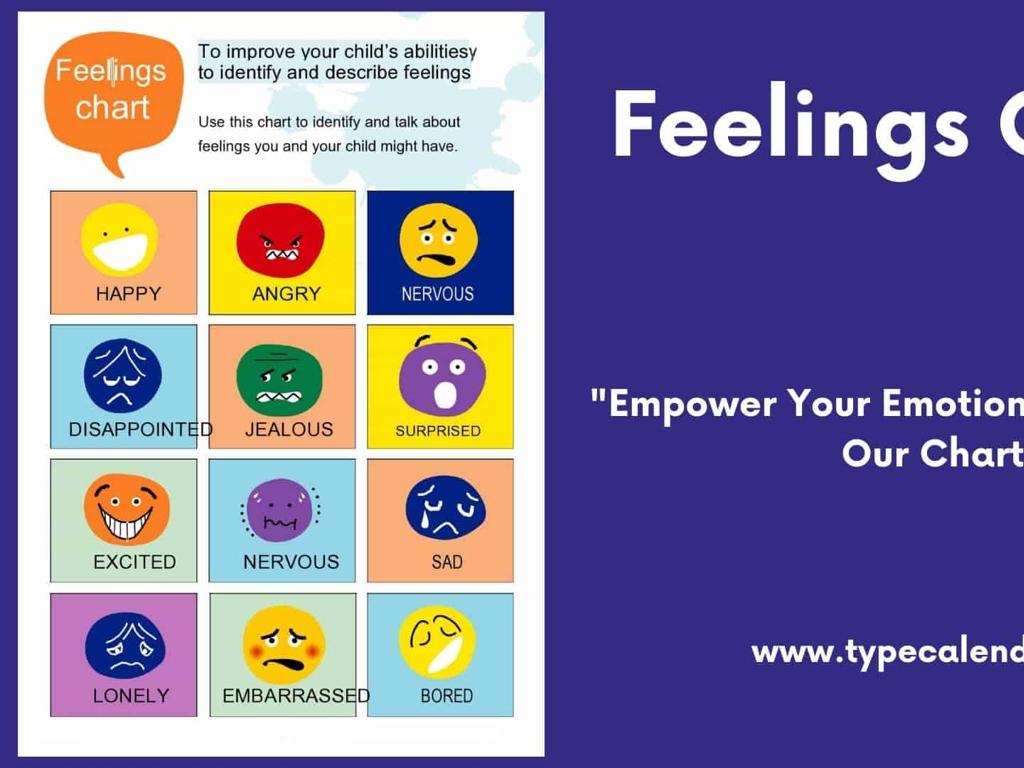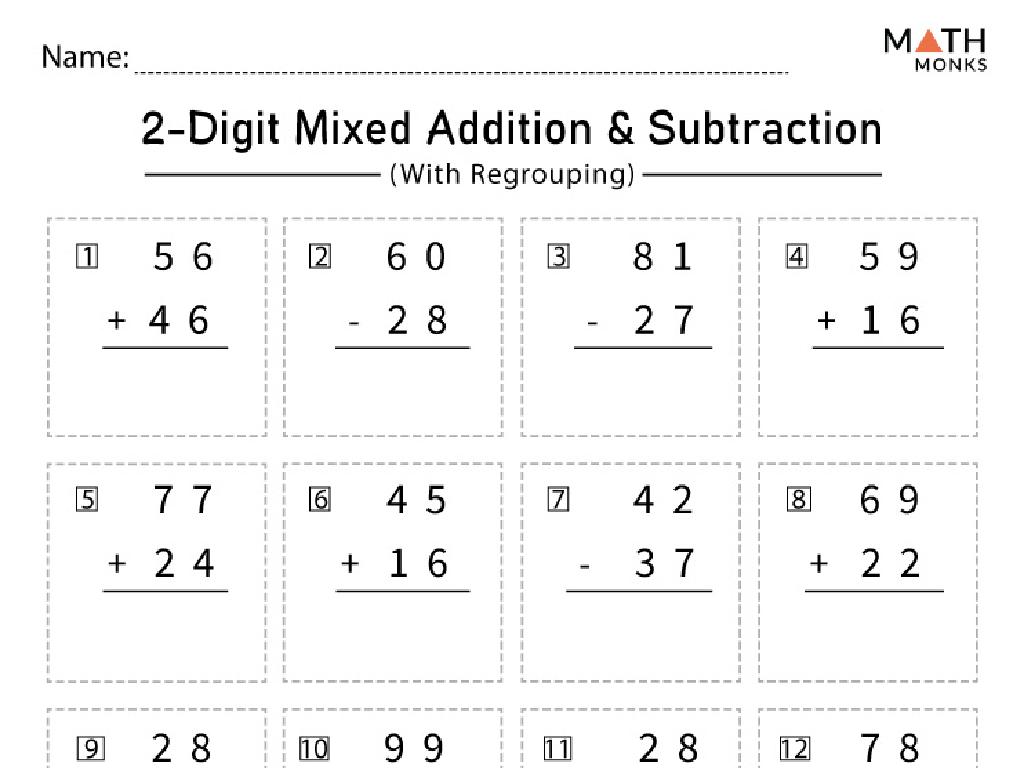Which Word Does Not Rhyme?
Subject: Language arts
Grade: First grade
Topic: Rhyming
Please LOG IN to download the presentation. Access is available to registered users only.
View More Content
Welcome to Rhyming Words!
– Greetings First Graders!
– Rhyming words end in the same sound
– Like ‘cat’ and ‘hat’ both end with ‘at’
– Words that sound alike are fun
– ‘Bee’ and ‘tree’ sound the same at the end
– Think of words that rhyme
– Examples: ‘sun’ and ‘fun’, ‘dog’ and ‘frog’
|
This slide is designed to introduce first graders to the concept of rhyming words in a fun and engaging way. Start by greeting the students warmly to create a welcoming atmosphere. Explain that rhyming words have the same ending sound, which makes them sound alike. Encourage the children to think of and share words that rhyme, and provide examples to help them understand. Use simple, familiar words to ensure that the concept is clear. The goal is to create a playful environment where students feel comfortable exploring language and sounds.
Exploring Rhymes
– What does ‘rhyme’ mean?
– Words that have the same ending sound
– Examples of rhyming words
– ‘Cat’ and ‘hat’ both end with ‘at’
– Listening to rhymes
– We’ll hear words that sound alike at the end
– Practice finding rhymes
– Find words that sound like ‘dog’
|
This slide introduces the concept of rhyming to first graders. Start by explaining that rhyming words have the same ending sound, which makes them sound similar. Use simple, familiar words as examples to illustrate this point. Engage the class by listening to a series of rhyming words, either spoken or through a song, to help them hear the rhyming sounds. Finally, involve the students in an interactive activity where they identify rhyming words, reinforcing their understanding of the concept. Encourage them to think of other words that rhyme with the examples given and praise their efforts to build confidence.
Rhyming Word Pairs
– ‘dog’ rhymes with ‘frog’
– ‘bee’ rhymes with ‘tree’
– Practice saying them aloud
– Repeat after me: dog-frog, bee-tree
– Let’s find more rhyming pairs
– Think of words that sound like ‘dog’ and ‘bee’
|
This slide is designed to introduce first graders to the concept of rhyming words through familiar examples. Start by explaining that rhyming words are words that have the same ending sound. Use the examples provided to illustrate this point. Encourage the students to say the rhyming pairs out loud to reinforce the concept through auditory learning. After practicing the given examples, engage the class in an interactive activity where they find more rhyming pairs. This could include a brainstorming session or a rhyming game. The goal is to make the learning process fun and memorable, helping students to recognize and produce rhyming words.
Rhyming Words: Finding the Odd One Out
– Words can sound similar
– ‘Pin’, ‘bin’, and ‘cup’
– ‘Pin’ and ‘bin’ sound alike, ‘cup’ is different
– ‘Cup’ does not rhyme
– ‘Cup’ ends with a different sound than ‘pin’ or ‘bin’
– Practice with different words
– Find words that don’t fit the rhyme pattern
|
This slide is aimed at helping first graders understand the concept of rhyming words and identifying words that do not rhyme within a group. Start by explaining that rhyming words have the same ending sound. Provide examples like ‘pin’ and ‘bin’ and contrast them with a non-rhyming word like ‘cup’. Engage the class by saying these words out loud and asking them to identify the odd one out. Encourage the students to practice with more examples and to listen carefully to the sounds of the words. This activity will enhance their phonological awareness, an essential skill for reading.
Practice Time: Rhyming Game
– I’ll show words in groups
– Find the word that doesn’t rhyme
– Look for the odd one out in sound
– Ready to play the rhyming game?
– Rhyming words end the same way
– Words like ‘cat’, ‘hat’, and ‘bat’ rhyme; ‘dog’ does not
|
This slide is for a class activity to help first graders practice identifying rhyming words. Display groups of words on the board and ask the students to identify the word that doesn’t rhyme with the others. Remind them that rhyming words have the same ending sound. For example, in the group ‘cat’, ‘hat’, ‘bat’, ‘dog’, the word ‘dog’ does not rhyme. Encourage the students to say the words out loud to hear the rhyming sounds. Possible activities: 1) Pair students to find non-rhyming words together. 2) Create a rhyming word challenge where students take turns. 3) Use pictures to represent words for visual aid. 4) Have a rhyming word ‘treasure hunt’ in the classroom. 5) Play a rhyming word matching game with cards.
Let’s Play a Rhyming Game!
– Look at the words: ‘bat’, ‘rat’, ‘mat’, ‘sun’
– Find the word that doesn’t rhyme
– Think about the sounds at the end
– Words rhyme when they have the same ending sound
– Shout out the answer when you’re ready!
|
This slide is for a fun and interactive game to help first graders recognize rhyming words. Display the words clearly on the screen and encourage the students to look at them. Explain that words that rhyme have the same ending sounds, like ‘bat’, ‘rat’, and ‘mat’. Then, ask the students to identify which word does not rhyme with the others. The answer is ‘sun’, as it does not end with the ‘at’ sound. When a student identifies the non-rhyming word, celebrate their success. This activity will help students listen for and recognize rhyming patterns, an essential skill in language arts. For the teacher’s notes, prepare to guide the students through the process of elimination and provide positive reinforcement as they make their guesses.
Rhyming Story Time
– Listen to a story with rhymes
– Clap when you hear rhyming words
– Words like ‘cat’ and ‘hat’ rhyme
– Pay close attention to the sounds
– Get ready for fun clapping!
|
This slide introduces an interactive listening activity designed for first graders to help them identify rhyming words. Play a short story or read aloud to the class, ensuring the story contains a good number of rhyming pairs. Encourage the students to listen carefully and clap their hands whenever they hear words that rhyme. This activity not only makes learning fun but also enhances their auditory discrimination skills and phonological awareness. After the story, discuss the rhyming words they heard and clapped for, reinforcing their understanding of the concept of rhyming.
Class Activity: Rhyme Craft
– Create a rhyming flip book
– Choose rhyming words
– Words that sound the same at the end, like ‘cat’ and ‘hat’
– Draw pictures for each word
– Illustrate your words to show their meaning
– Share and read your book aloud
|
This activity is designed to help first graders understand and identify rhyming words by creating a flip book. Encourage the students to think of words that end with the same sounds. Once they have a list, they can draw a picture representing each word to create a visual connection. After completing their flip books, each student will have the opportunity to present their work to the class, reinforcing their understanding of rhymes and building confidence in reading aloud. Possible variations for individual students could include focusing on a specific word family, using stickers or stamps to represent words, or partnering with a classmate to create a collaborative flip book.
Rhyming Recap: Great Job!
– Celebrate learning about rhymes
– Rhyming words end the same way
– Words like ‘cat’ and ‘hat’ sound alike at the end
– Listen for rhymes in daily life
– You might hear rhymes in songs, stories, or even conversations!
– Keep practicing your rhyming skills
|
This slide is meant to congratulate the students on their hard work learning about rhyming words and to reinforce the key concept that rhyming words have the same ending sounds. Encourage the students to continue practicing by listening for rhyming words in their environment, such as in music, poetry, or everyday conversations. This will help them develop their phonological awareness. As an activity, you could have students share their favorite rhymes or create a short rhyming poem as a class. Remember to praise their efforts and progress in recognizing and using rhyming words.






